
Time management is the one thing that most people struggle with the most in their work lives. It stems from years of bad habits, the inability to just say no when it’s needed, and from overloading your plate on a day to day basis. In the article below, you will read about ten different approaches you can try on their own, combine them, or twist them to fit your needs in order to make your productivity shine and your work life go more smoothly.
Audit Yourself
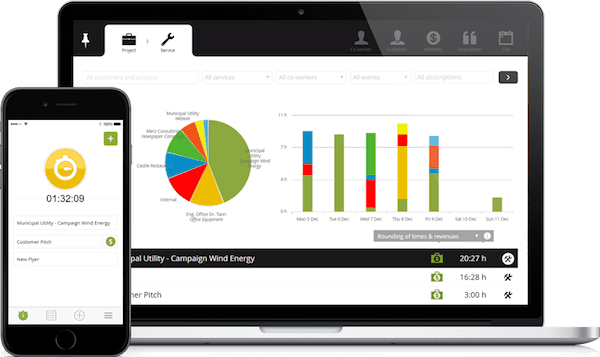
You can’t manage your time unless you know where it is going, so regardless of what method sticks out to you in this list, you need to audit yourself first. Maybe you spend twenty minutes looking at emails that should only take ten. Perhaps you have a habit of looking at your phone every time you hit a wall, and then you end up cycling through your social media for an hour. There will be time sinks in everyone’s life, and pinpointing yours is going to make it easier to see what changes you need to make. Toggl is a great tool to look into it.
Time Blocking
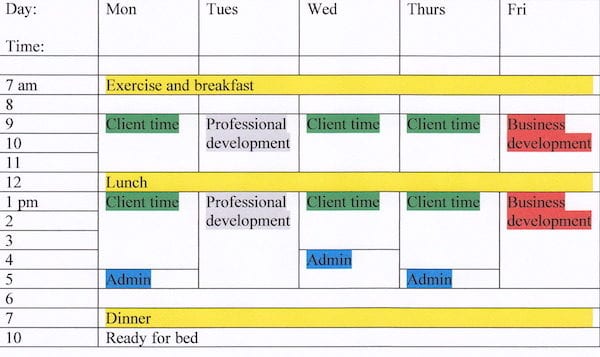
Productive people cannot live according to the clock. When you are checking the clock after every hour of work you do to find it has only been fifteen minutes, you’re going to lose your motivation quickly. If you know that there are certain things you must do every day, the best thing you can do to stop yourself from dreading hard tasks and procrastinating is to block your time. The first two hours of your day set aside for one specific type of work, the next two hours to another, and so on. This is similar to batching tasks. And if you’re interested in limiting your time, you should read about time boxing technique.
Pomodoro Technique

This method breaks your day into small and highly focused chunks broken up by short breaks; this technique is excellent for those of you who feel that your work tends to feel tedious. It’s also great for anyone who may have trouble focusing for extended periods of time. It is named Pomodoro after the tomato-shaped timer that the inventor used to help himself study in school. It’s simple, 25 minutes of work, with five-minute breaks in between. After 4 Pomodoros, you would take a more extended break of 15-30 minutes.
The Eisenhower Matrix
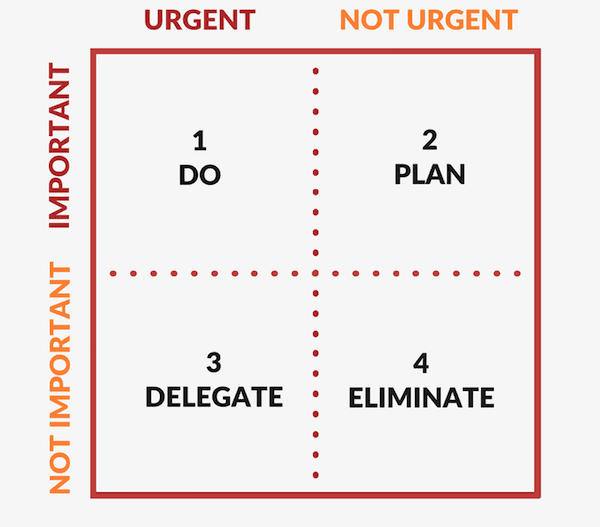
This method can be used for short-term planning, or even for long-term planning because it helps you make quick decisions. Dwight Eisenhower said, “What is important is seldom urgent, and what is urgent is seldom important,” and that’s the basis of this technique. After drawing out your matrix, you can identify tasks as being important or not, as well as urgent or not. Based on those decisions, you can decide how to handle that specific task. While delegation may not be an option for everyone, you will be able to use this tool to put your priorities in perspective and then take action.
Getting Things Done (GTD)
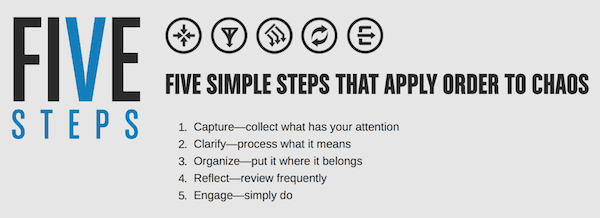
Gettings Things Done is a book by David Allen, which is where this method came from. It is broken down into five simple steps. Capture, which is where you make a list of all the things that you need to do. Clarify, which is where you would break it down into actionable steps. Organize, which is where you determine when it needs to be done and make a note of that. Reflect, which reminds you to check in with your list regularly. Lastly, engage, which is summed up simply by saying that you should keep track of what you can do right now. Also, GTD says that if it can be done in two minutes, do it now. Great advice!
The Glass Jar

The “Rock, Pebble, and Sand” story is one that is fairly popular on the internet, presented in a way that implores the reader to organize their life based on what’s important. This is similar. If you need to put water, rocks, and sand in a jar and you try to put the water first, the rocks won’t go in. When applied to productivity, this is a method that says you need to focus on your largest tasks first (rocks), then your midsize tasks (pebbles), and anything extra you get done during that day is just the icing on the cake (er.. Water in the jar).
Eat The Frog
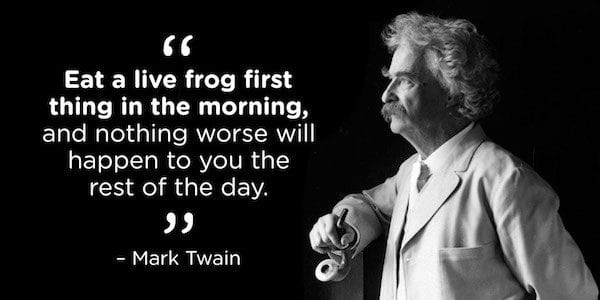
If you do the hardest thing you need to do all day first thing in the morning, it has several benefits. First of all, you won’t be dreading that large task all day. If you dread something you know you need to get done, you will spend more time on the smaller tasks throughout your day in an effort to avoid doing it altogether. Secondly, you’ve already done the worst part of your day and truly tackled something. That accomplishment motivates you for the rest of your day and keeps you going.
Parkinson’s Law
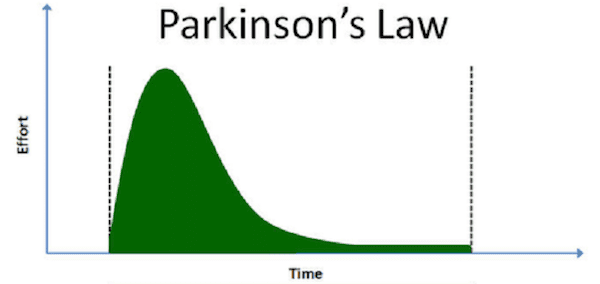
Parkinson’s Law is one of the most insanely effective techniques on this list because once it is mastered, you can apply it to every area of your life. The basic premise is that tasks will expand or contract based on the time you allot for them. It isn’t realistic to say that you can complete a two-hour task in just 30 minutes but, here is an example you’ll likely relate to. If you need to write an email that you know will only take about 20 minutes and set out to do it “before the end of the day” it will almost undoubtedly be the last thing you do that day. Instead, if you say you need to finish it “before lunch” or “in the next hour,” you will get it done.
The Pareto Principle
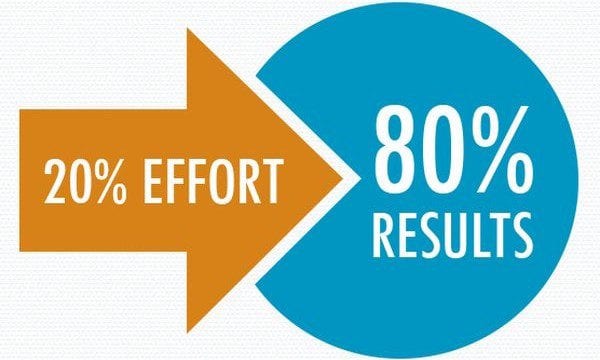
The 80/20 rule is something that people read about all the time when it comes to time, diet, and more. But, what does it really mean? 80% of all the results you get are only coming from 20% of the work that you do. How can you apply it for time management? Instead of a simple to do list, you can start prioritizing your work based on results and then creating your schedule based on the ratio of effort vs. results. This way, the 20% (lower effort tasks) that drive your 80% (higher results) are always getting done first.
Establish Your Own System
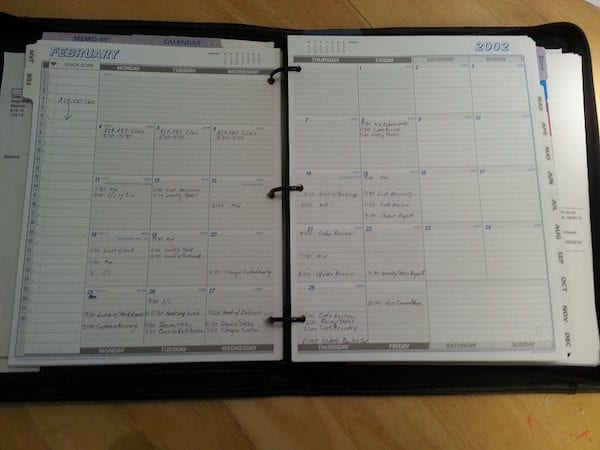
Reading lists like this are great for drawing inspiration, but at the end of the day, you will know what is going to work for you better than anyone else. Elon Musk doesn’t work the same way Mark Zuckerberg does, and you’re not going to work the same way as either of them. All of these tips are helpful based on your job, your needs, and your style; however, the best thing that you can do to manage your time is create a system based on those factors that you know you can stick to and see results with.